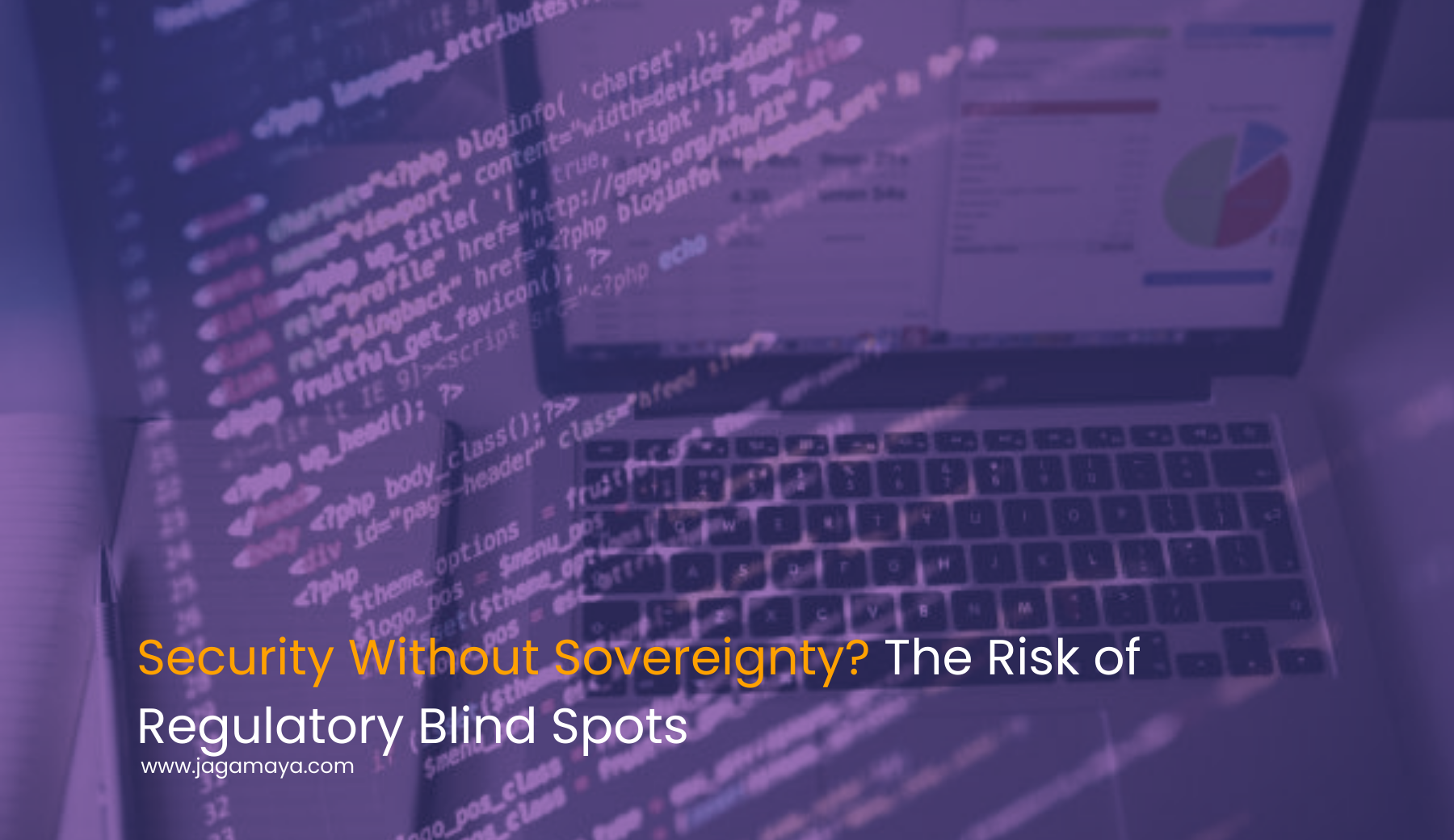As cybersecurity threats evolve and data becomes the most valuable resource of the digital age, many organizations are investing heavily in defense technologies, monitoring tools, and cloud-native architectures. But in the race to secure digital assets, one critical element is often overlooked: data sovereignty.
Without anchoring cybersecurity strategies in sovereign frameworks, organizations expose themselves to regulatory blind spots—gaps between operational security and jurisdictional compliance. These blind spots aren’t just legal risks—they’re security risks in disguise.
What Are Regulatory Blind Spots?
Regulatory blind spots occur when organizations operate secure systems that don’t align with local or regional data protection laws. For instance:
- Hosting citizen data on servers outside national borders, violating local data localization laws
- Using foreign-based security platforms that may conflict with national privacy regulations
- Collecting data without proper user consent or storage policies under local legislation
Such oversights can render even the most advanced cybersecurity stacks non-compliant—and vulnerable.
Why Security Needs Sovereignty
Security without sovereignty assumes that control over systems equals protection. But without alignment to local law, organizations can be:
- Forced to suspend services due to regulatory violations
- Exposed to cross-border data requests from foreign governments
- Subject to large fines, loss of licenses, or public distrust following compliance failures
In ASEAN, for example, nations like Indonesia (via PP 71/2019) and Vietnam have introduced strict data localization and cybersecurity mandates. Failing to meet these standards—even with strong technical defenses—creates compliance gaps that hackers and regulators alike can exploit.
Examples of Regulatory Exposure
- A university in Southeast Asia stores student health data on U.S.-based cloud servers, violating national health data protection laws.
- A fintech company builds a Zero Trust architecture but integrates with offshore analytics tools, breaching PP 71/2019.
- A public agency implements SIEM but fails to host its logs in-country, creating an audit and policy enforcement gap.
Each case involves technically sound infrastructure—but lacks sovereign alignment.
Closing the Gaps: How to Eliminate Regulatory Blind Spots
- Map Compliance to Infrastructure Align every component—storage, monitoring, analytics, response—with jurisdictional requirements. Don’t assume technical strength equals legal cover.
- Adopt Local-First Cloud and Cyber Platforms Use in-country or sovereign cloud providers and regionally certified cybersecurity solutions. This helps avoid conflicts with data residency or access regulations.
- Embed Legal Teams into Security Planning Security and legal teams must collaborate when designing SOCs, breach workflows, and cloud migrations.
- Build with Compliance Frameworks Reference national policies like Indonesia’s PDP Law, PP 71/2019, Singapore’s PDPA, and ASEAN’s Digital Data Governance Framework during system design.
- Audit for Sovereignty Compliance Go beyond penetration testing. Include jurisdictional data mapping and cross-border data flow analysis in audits.
Conclusion: Security That Ignores Law Isn’t Secure
Cybersecurity isn’t just about defending systems—it’s about governing data. As national regulations tighten and digital sovereignty becomes a policy cornerstone, organizations must treat regulatory alignment as part of core defense strategy.
Because true security means knowing not just how you’re protected, but where and under whose rules.


Leave a Reply